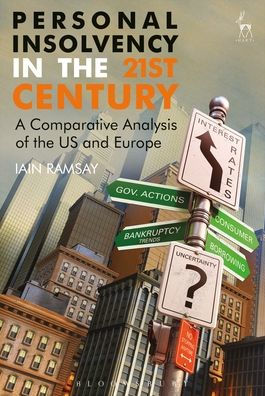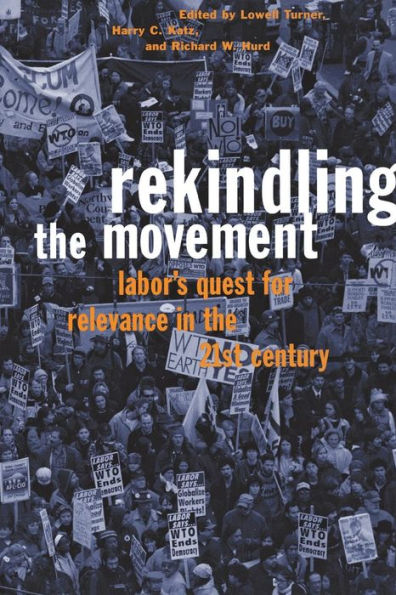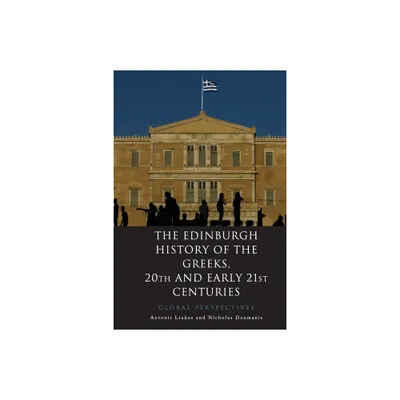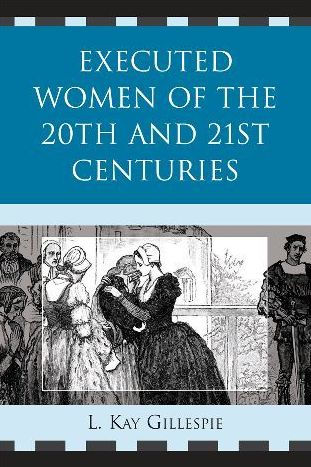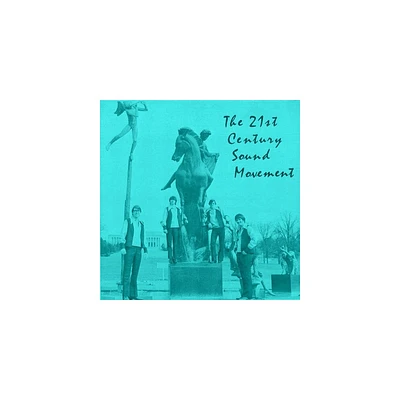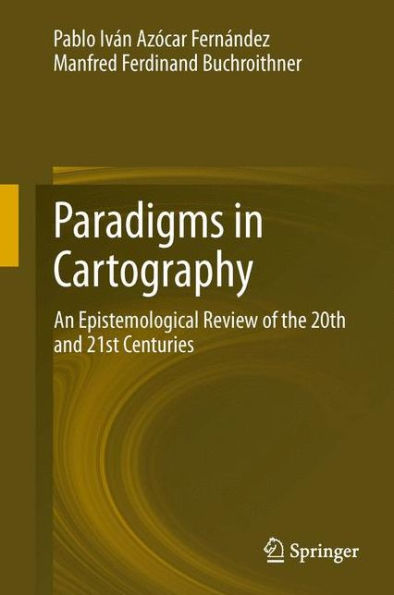Home
the U.S. Labor Movement 20th and Early 21st Century: A Critical Analysis
Loading Inventory...
Barnes and Noble
the U.S. Labor Movement 20th and Early 21st Century: A Critical Analysis
Current price: $139.99
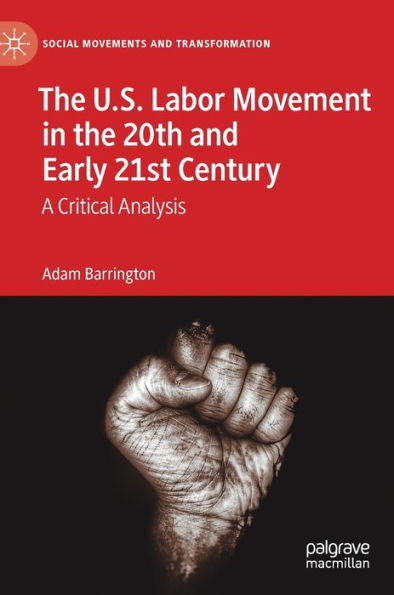

Barnes and Noble
the U.S. Labor Movement 20th and Early 21st Century: A Critical Analysis
Current price: $139.99
Loading Inventory...
Size: Hardcover
*Product Information may vary - to confirm product availability, pricing, and additional information please contact Barnes and Noble
This book provides a critical analysis of the labor movement in the United States in the 20
th
and early 21
st
century. It explores ideological trends within the labor movement and its conflicts with capital and the state. It identifies class-collaborationism between the conservative labor bureaucracy and the capitalist class as the primary source of U.S. labor’s precariousness and fragility. It argues that the U.S. labor movement at its most radical and militant stage was an effective force for change against the power structure in the early 20th century. At the opposite end, it also argues that today’s institutionalized labor movement led by the AFL-CIO hinders labor’s historic struggle against capital and aids in the maintenance of the existing capitalist order. The book concludes by assessing the prospects for the future development of militant working-class activism and identifies essential components of an emerging radical labor movement that is capable of effectively challenging the capitalist system in the period ahead.
th
and early 21
st
century. It explores ideological trends within the labor movement and its conflicts with capital and the state. It identifies class-collaborationism between the conservative labor bureaucracy and the capitalist class as the primary source of U.S. labor’s precariousness and fragility. It argues that the U.S. labor movement at its most radical and militant stage was an effective force for change against the power structure in the early 20th century. At the opposite end, it also argues that today’s institutionalized labor movement led by the AFL-CIO hinders labor’s historic struggle against capital and aids in the maintenance of the existing capitalist order. The book concludes by assessing the prospects for the future development of militant working-class activism and identifies essential components of an emerging radical labor movement that is capable of effectively challenging the capitalist system in the period ahead.
